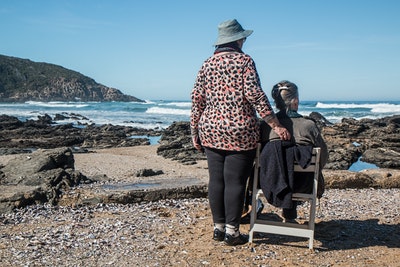Senior Move Managers have the resources and knowledge to save money, find creative results for problems, and greatly reduce stress during an extremely stressful time in your life – Not to mention getting a lot done in a short amount of time, as they do this for a living! Here are the main six tasks of a Move Manager and why you might want to consider hiring one before embarking on your moving adventure.
Decluttering and Downsizing
If you’re moving to a smaller home (and odds are you are), you’re going to have to get rid of some of your belongings. Give it to family, sell it, dispose of it, donate it, put it in storage… probably a combination of all five! A Move Manager works with you to identify what goes where, and they do this with compassion knowing these aren’t just belongings, but rather a lifetime of memories.
Space Planning
When trying to decide which of your belongings will fit in your new home, it helps to have a Move Manager doing space planning. Measuring rooms and furniture and customized floor plans are all part of the process, and knowing what will fit in your new home prior to the move is key.
Planning and Coordination
A lot must be considered when planning a move; between getting everything packed, waste removal, estate sales, moving company quotes, and hiring cleaners (just to name a few), it’s a lot to get the timing right! A Move Manager can get all of this lined up and in the right order.
Packing
Where to start? Which room?What types of boxes are best for which items? It’s overwhelming for sure, and it helps to have a third party working with you who does this for a living. In fact, as a Move Manager is an experienced packer, your belongings are likely safer during your move.
Unpacking
What’s even more overwhelming than figuring out where to start packing?? Where to start unpacking!Again, it’s what a Move Manager does; ideally, you can just step into your new home and turn the lights on. 6. Organization – A Move Manager gets everything put away in its place, from stocking pantries to shopping for organization options. Being able to walk into a home ready to live in is priceless.
From start to finish, a Senior Move Manager has you covered!
Article Provided by:
Team Senior Move Managers
541-295-8230
www.TeamSeniorMoving.com






